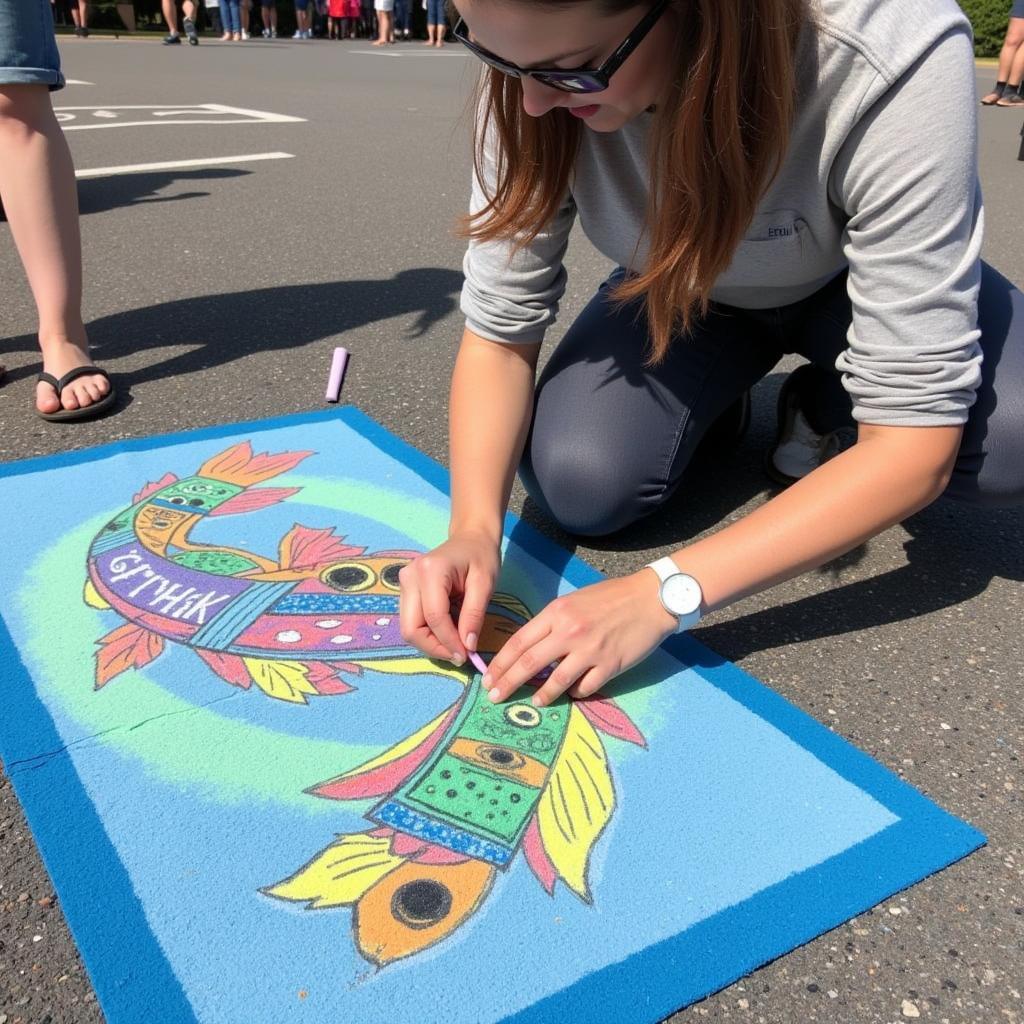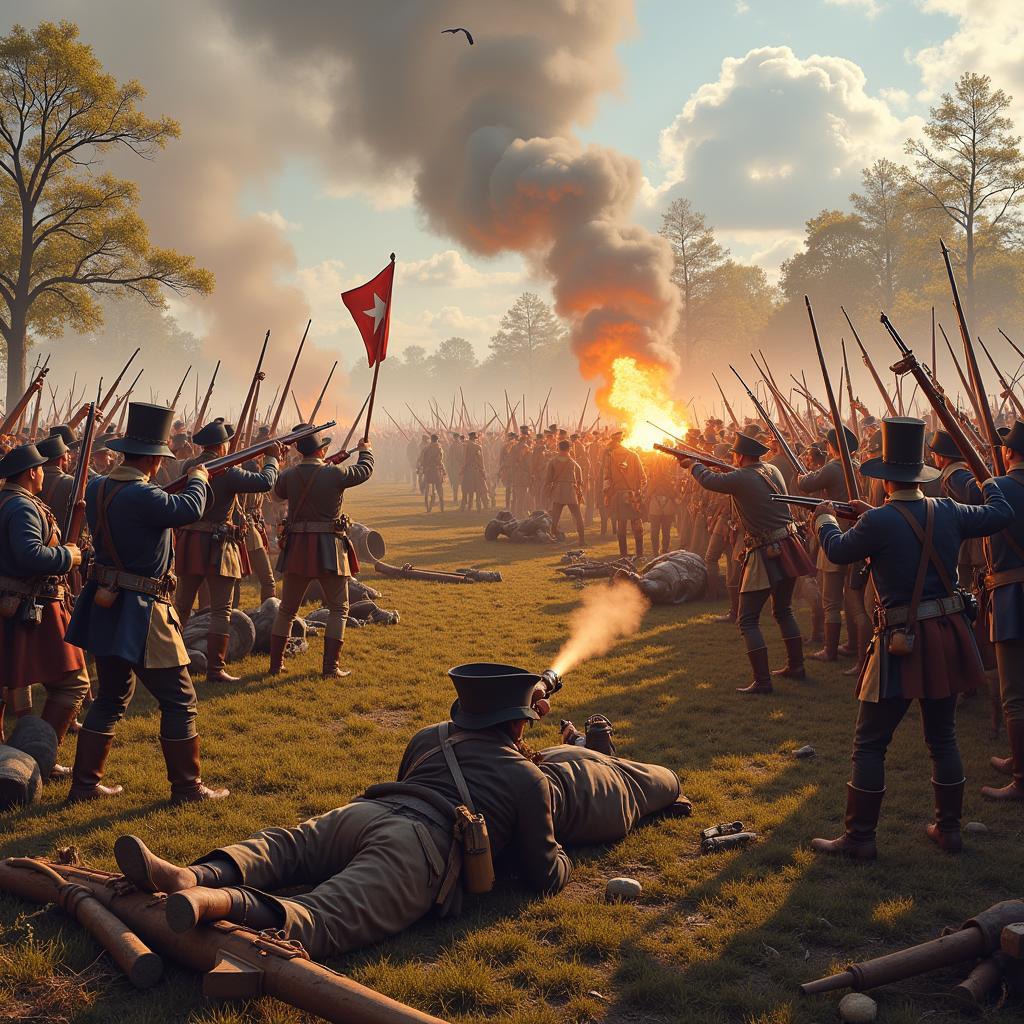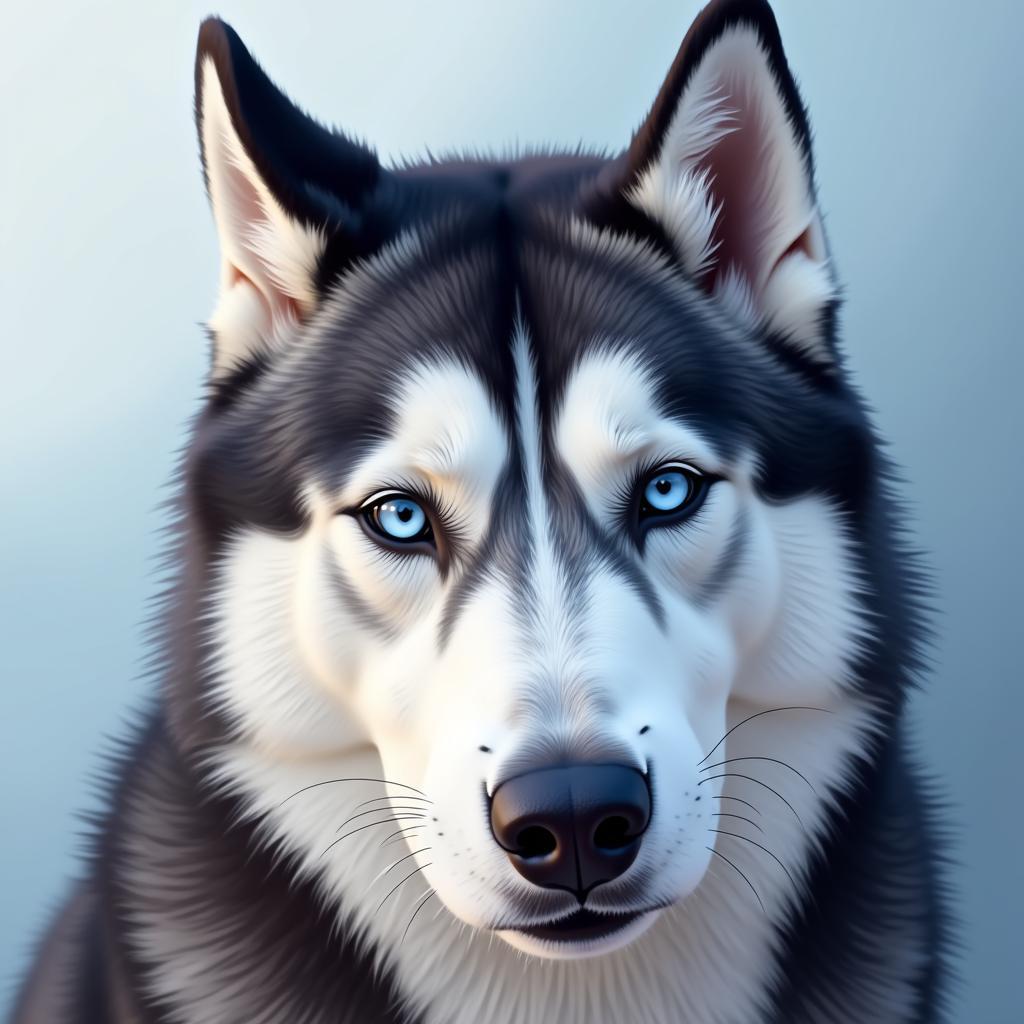Exploring the World of Inverted Art
Inverted Art, a fascinating technique that flips the script on traditional artistic approaches, has captured the attention of digital artists and art enthusiasts alike. Whether you’re a seasoned artist or just beginning to explore the digital art realm, understanding the power of inversion can open up a whole new dimension of creativity. It’s a technique that can breathe new life into familiar images and challenge our perceptions of color, light, and form. Let’s dive into this captivating world and uncover the secrets of inverted art.
Understanding the Basics of Inverted Art
What exactly is inverted art? Simply put, it’s the process of reversing the colors of an image. This creates a “negative” image, where light areas become dark, and dark areas become light. Imagine taking a photograph and flipping its color palette – that’s the essence of inverted art. This seemingly simple transformation can yield surprising and often breathtaking results, revealing hidden details and offering a fresh perspective on familiar subjects. This technique isn’t confined to a single artistic medium either. It’s adaptable across various digital art platforms and traditional art forms, making it accessible to everyone.
Think about the iconic image of a black and white portrait. Now, imagine inverting it so the background is black and the subject is white. This simple inversion can dramatically shift the mood and impact of the image. Inverted art isn’t just a technical trick; it’s a powerful tool for artistic expression. It allows you to experiment with contrast, highlight different elements of your composition, and evoke unique emotional responses from your viewers.
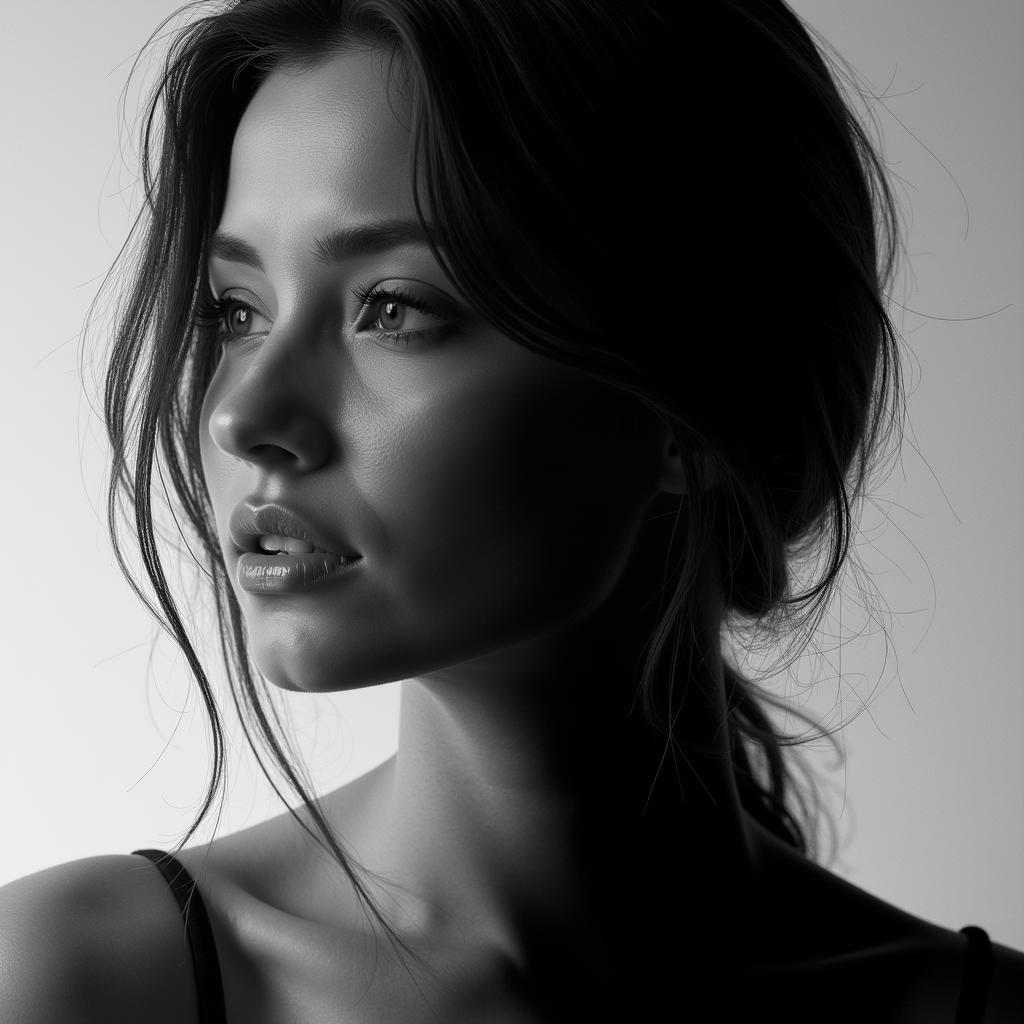 Inverted Portrait in Black and White
Inverted Portrait in Black and White
Techniques and Tools for Creating Inverted Art
Creating inverted art is easier than you might think. Numerous digital art software and even simple online tools offer inversion features. Photoshop, GIMP, and even mobile apps offer easy ways to invert colors. The method varies slightly depending on the program you use, but typically involves selecting the “Invert” option in the image adjustments menu. Experimenting with different software can help you find the tools and workflow that best suits your artistic style.
Beyond simply inverting the entire image, you can also experiment with partial inversions, selective color inversions, and blending inverted layers with the original image to create more complex and nuanced effects. Some artists even incorporate inverted images into collages or mixed media pieces, adding another layer of depth and intrigue to their work. For those interested in aviation art, consider how inverting the colors of an F4U Corsair art piece could drastically change its appearance and the emotional response it evokes.
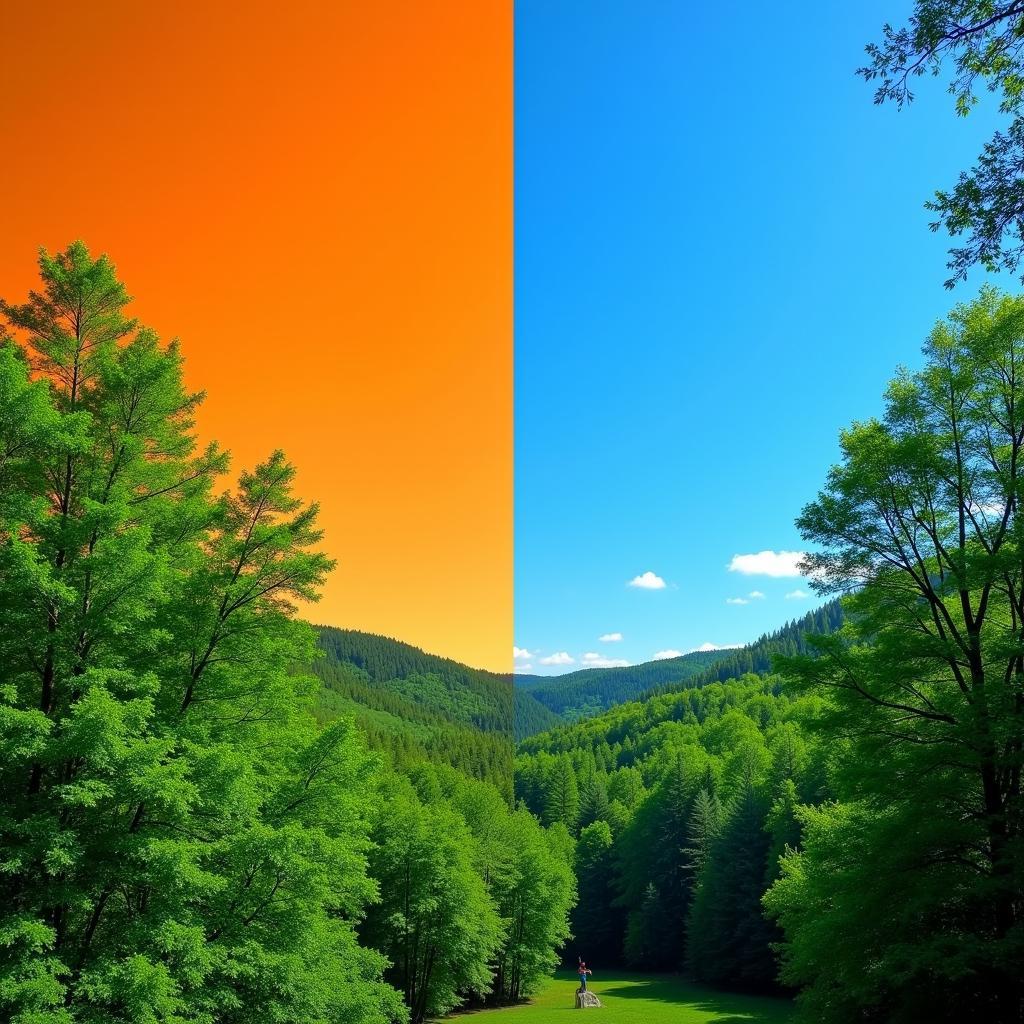 Partial Color Inversion in a Landscape Photo
Partial Color Inversion in a Landscape Photo
What are some common mistakes to avoid when creating inverted art?
One common mistake is failing to consider the original image’s composition and color palette. Not all images translate well to inversion, and some experimentation might be required to achieve the desired effect. Another pitfall is overusing the technique. While inversion can be powerful, it’s important to use it judiciously and purposefully. Sometimes, less is more. Thinking about symbolic imagery, antichrist art could potentially benefit from this technique to emphasize specific themes.
“Inverted art allows you to see the world differently. It’s like putting on a new pair of glasses that reveal hidden beauty and challenge your perceptions.” – Amelia Hughes, Digital Artist.
Exploring the Creative Possibilities of Inverted Art
Inverted art opens up a world of creative possibilities. It’s not just about creating a “negative” image; it’s about transforming the original artwork into something entirely new. Inverted art can be used to enhance contrast, highlight specific details, create surreal and dreamlike effects, or even explore the symbolic meaning of colors and light. It encourages you to think differently about your subject and explore alternative ways of visual storytelling. The geometric precision of pentangle art could take on new meaning and visual interest through color inversion.
How can I use inverted art to enhance my digital art practice?
Incorporating inverted art into your digital art practice can add a unique dimension to your work. Consider using inverted images as a starting point for new creations or as a way to generate unexpected color palettes. Experiment with layering inverted images with the original, adjusting opacity and blending modes to achieve unique effects. You can also use inversion to explore the relationship between positive and negative space in your compositions.
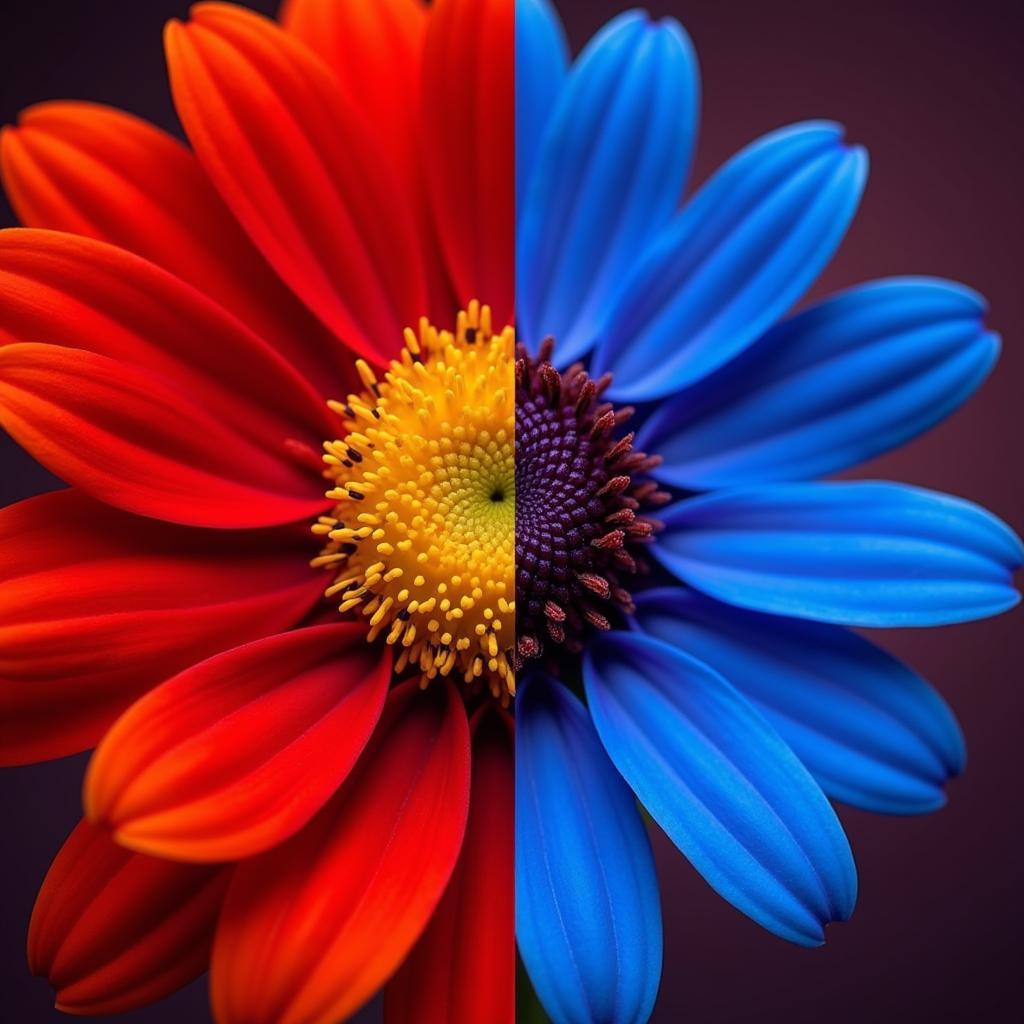 Inverted Flower Macro Photography
Inverted Flower Macro Photography
Conclusion
Inverted art is a powerful tool that allows artists to explore new dimensions of creativity within the digital realm. From enhancing contrast and highlighting hidden details to creating surreal and dreamlike effects, the possibilities are endless. By understanding the principles of inversion and experimenting with different techniques, you can unlock new creative avenues and transform your artistic vision. So, dive into the world of inverted art and discover the hidden beauty within inverted colors.
FAQ
- What software can I use to create inverted art?
- Can I partially invert an image?
- What are some common mistakes to avoid with inverted art?
- How can I use inverted art in my artistic practice?
- What are the benefits of using inverted art?
- Is inverted art suitable for all types of images?
- Where can I find more resources on inverted art?
Further Exploration
Explore more artistic concepts like F4U Corsair art on our website.
Contact Us
For assistance, please contact us: Phone: 02462573573, Email: [email protected] or visit us at Savico Megamall, 7-9 Nguyễn Văn Linh Street, Gia Thụy, Long Biên, Hanoi 10000, Vietnam. We have a 24/7 customer support team.


